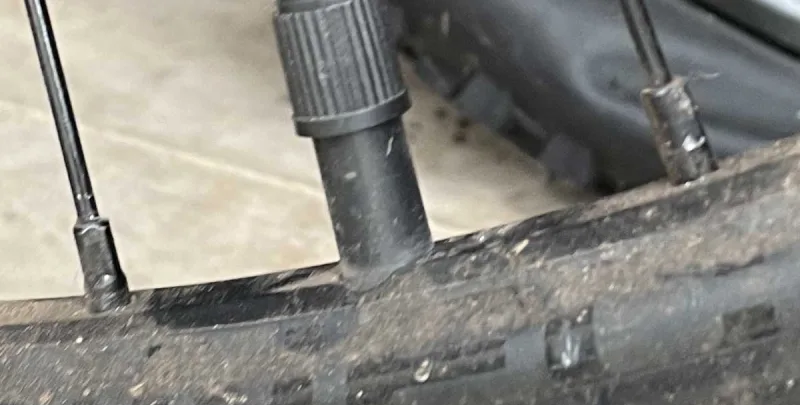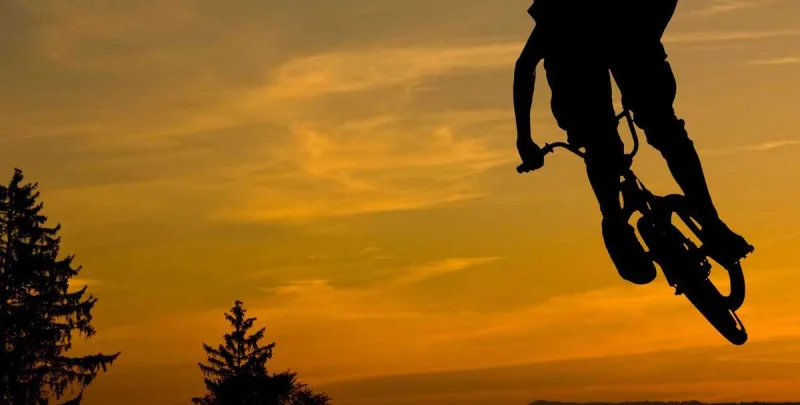Guide to Bicycle Safety
With 43% of the UK population owning a bicycle and around 741,000 of us using our bike for the daily commute, there is little doubt that cycling is something a lot of us do, whether for fun, practicality, or both.
Cycling has many benefits – mentally and physically, as well as for the environment as a whole. Some people, however, do feel worried about the actual safety of riding a bike, and this is what puts them off using one.
Safety stats
According the national cycle charity CTC, cycling is actually fairly safe – though not as safe as driving, walking or taking public transport. Their data reveals that:
- approximately 300 years are cycled for each bicycle death;
- for each cycle death, 8 million cycle trips are made;
- 27 million miles are cycled for each death – equivalent to 1000 times around the world.
The good news is that cycling safety has also substantially improved in recent years, although at a slower rate than for most other modes of transport. Compared to a decade earlier and per mile travelled, cycling was 61% safer in 2012.
What can you do to stay safe on the roads?
There are a number of things you can do to ensure that you are as safe as can be on the roads. He we take a look at some of them …
Get kitted out
The most obvious starting point is to ensure that you – and your bicycle – are properly kitted out. This may vary depending on the type of cycling you are doing (for example, if you are dirt biking, your requirements may be slightly different to if you commute on your bike) but this is a good starting point:
- bike helmets – research has shown that the use of helmets can reduce any brain injury by up to 88%. No matter what you use your bike for, a well-fitted helmet that meets current safety standards is essential. This guide to buying the right helmet explains more;
- be visible – make sure you are as visible as possible on your bike. Neon and reflective materials work well during day and night times, and there is lots of stylish cycling clothing available, so there is no excuse! Make sure your bike is visible also. There are a number of options available from reflective lights to solar powered bike lights. If you don’t have night lights, you could be fined;
- cycling gear – cycling gear such as gloves and shoes will help you have a better grip on the handlebars and the pedals respectively, which will help improve the overall safety.
The Highway Code
Before you start cycling in traffic, check the Highway Code for up-to-date rules and regulations for cyclists.
Many cyclists have grown up cycling and progressed to being really proficient on their bike without actually being fully aware of the Highway Code. Take the time out to ensure you fully understand the rules – you may be surprised at what you didn’t know. And it could improve your cycling prowess!
Out on the roads
Transport for London (TFL) have some useful advice including some of the following:
- stop at red lights. It’s safer and could also save you a £50 fine
- know how to control your bike, such as swerving safely, shifting your body weight when making an emergency stop etc;
- ride with at least two fingers on your brake levers;
- ride away from the gutter and stay away from parked cars. Position yourself so that you are seen by other road users;
- when cycling down roads with parked cars, be vigilant and allow for car doors to suddenly open;
- ride in a straight line past parked cars rather than dodging in between them;
- remember to look behind you so you know what is going on around you as well as catching the attention of drivers;
- do not cycle on the pavement (this is illegal);
- make eye contact with motorists – if they have clocked you, they are more likely to drive carefully;
- be aware of HGVs, lorries and vans etc – if you cannot see the driver’s wing mirrors, he probably cannot see you as you’ll be in a blind spot;
- ensure you use appropriate hand signals to indicate that you’re turning left or right. Don’t signal without looking behind first – it may be unsafe;
- don’t forget to signal purposefully – you are telling other road users your intentions, so make sure your signals are understood;
- know how to correctly approach roundabouts and junctions;
- don’t use a mobile phone or earphones. You need all your senses about you when cycling, so keep your ears and your eyes open.
Check out more road safe tips here.
Brush up on your skills
Whether you are a novice or veteran cyclist, it never does any harm to hone your cycling skills. There are a number of courses aimed at cyclists that will help you refresh or learn new skills.
Here are just two:
http://www.cycletraining.co.uk/
http://bikeability.dft.gov.uk/
To learn to cycle with confidence, see CTC’s cycle training for information on training schemes, some of which are free.
If you are fairly new to cycling, practise riding single-handed. This means you’ll be able to make hand signals when riding. And also practise looking over both shoulders as you’ll need your visual awareness when out on the road.
Bike maintenance
You may be surprised that bike maintenance comes under the topic of safety. Just like any other mode of transport, such as a car or motorbike, you need to keep your bike regularly maintained in order to stay safe.
Check the tyres, the brakes and make sure everything is well-oiled and running smoothly. The idea is that your bike is not only well maintained, but comfortable to ride. For example, if your back is sore because your saddle height isn’t right for you, you’ll concentrate more on the pain and discomfort when cycling than what is going on around you.
Consider things such as:
- is the saddle height right for you?
- is the chain a bit slack?
- are the gears well oiled?
- are your handlebars in the right position? etc
You can find some useful bike maintenance tips here and on the BBC site.
Don’t forget the National Cycle Network
If you are not feeling confident cycling through traffic or on main roads, or simply want to cycle on a traffic-free lane, then check out the National Cycle Network. This is a series of safe, quiet on-road routes. Stretching 14,500 miles nationwide, the Network connects to every major city and passes within a mile of 55% of UK homes.
Summary
We hope this brief guide has provided some useful tips and pointers on how to safe when cycling. Cycling isn’t as dangerous as the media portrays. And many studies show that the health benefits of regular cycling outweigh the risks of accident and injury.
Wear the right gear, be road savvy and get out there and enjoy the exercise and fresh air!
Further reading can be found online such as here: http://think.direct.gov.uk/cycling.html. Also, check the Safety for children website if you are a parent.


























